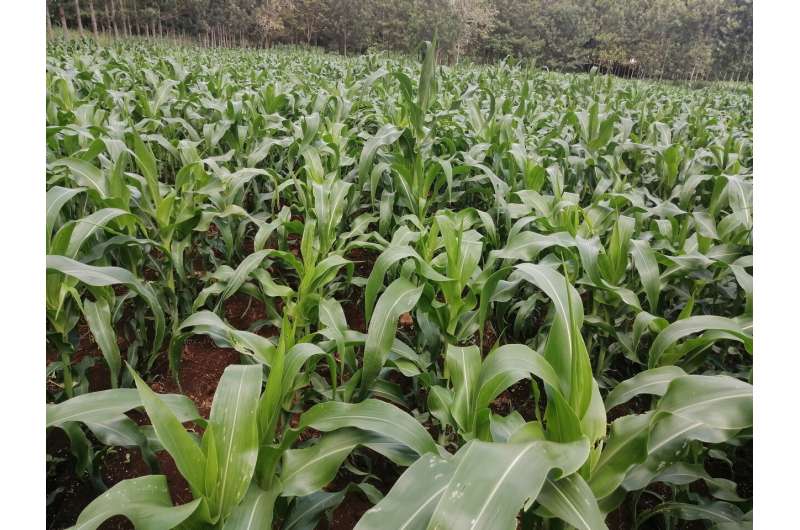Examining the next move for site-specific nutrient management research in sub-Saharan Africa

Inadequate and imbalanced fertilizer application is a well understood root cause of stagnating and inconsistent yields across sub-Saharan Africa (SSA). What is required is the effective delivery of more made-to-measure approaches that can counter the variability farmers face in their fields from season to season.
In a recent article published in Field Crops Research, researchers published an assessment of research targeted at site-specific nutrient management (SSNM) in smallholder farming systems in SSA. The review outlines SSNM's progressive development, which traces its origins back to research in the 1990s focused on developing tailored fertilizer recommendations within irrigated lowland rice systems in West Africa.
The West Africa research, modeled after earlier work in Asia, was driven by the observation of chronically low yields being produced from generalized fertilizer recommendations. These "blanket" systems were ill-equipped to offer famers with an effective way to manage the variability both within and between fields. This variability is challenging to predict and robs farmers of yield potential. Further efforts during the 2000s yielded higher productivity and profitability for farmers who were able to access the technology. However, scalability remained a key stumbling block preventing any adoption on a more significant scale.
The following decade saw researchers address the scalability problem through the successive development of a series of crop-specific decision support tools (Rice Advice, Nutrient Expert-Rice or Maize). In the hands of trained extension staff, these tools could expand SSNM's potential through the establishment of close working relationships with farmers that can formulate a field-specific recommendation. More recent work with cassava, a critically important yet chronically under managed food crop, also culminated in the development of a digital platform (AKILIMO) dedicated to the advancement of improved agronomic practices that include SSNM.
The review's consolidation of data from SSNM experimentation for the three crops over 30 years demonstrates "…greater yield, N use efficiency and gross return above fertilizer cost benefits when SSNM was compared with the farmer practice …or blanket recommendations." Yet, large scale adoption continues to lag.
The study outlines a series of technical and structural factors standing in the way of further geographic spread of SSNM in spite of its effectiveness. For example, more investment is needed to properly estimate the inherent capacity for African soils to supply nutrients …a key component of most predictive models in use. More expertise in the development and support of farmer-friendly, digital support tools is also required to break through barriers to their acceptance. Also, concerted effort needs to be directed towards experimentation and extension programs that work alongside farmers to ensure SSNM interventions are supported by other key sets of improvement in on-farm agronomy.
More information: P. Chivenge et al, Progress in research on site-specific nutrient management for smallholder farmers in sub-Saharan Africa, Field Crops Research (2022). DOI: 10.1016/j.fcr.2022.108503
Provided by African Plant Nutrition Institute





















